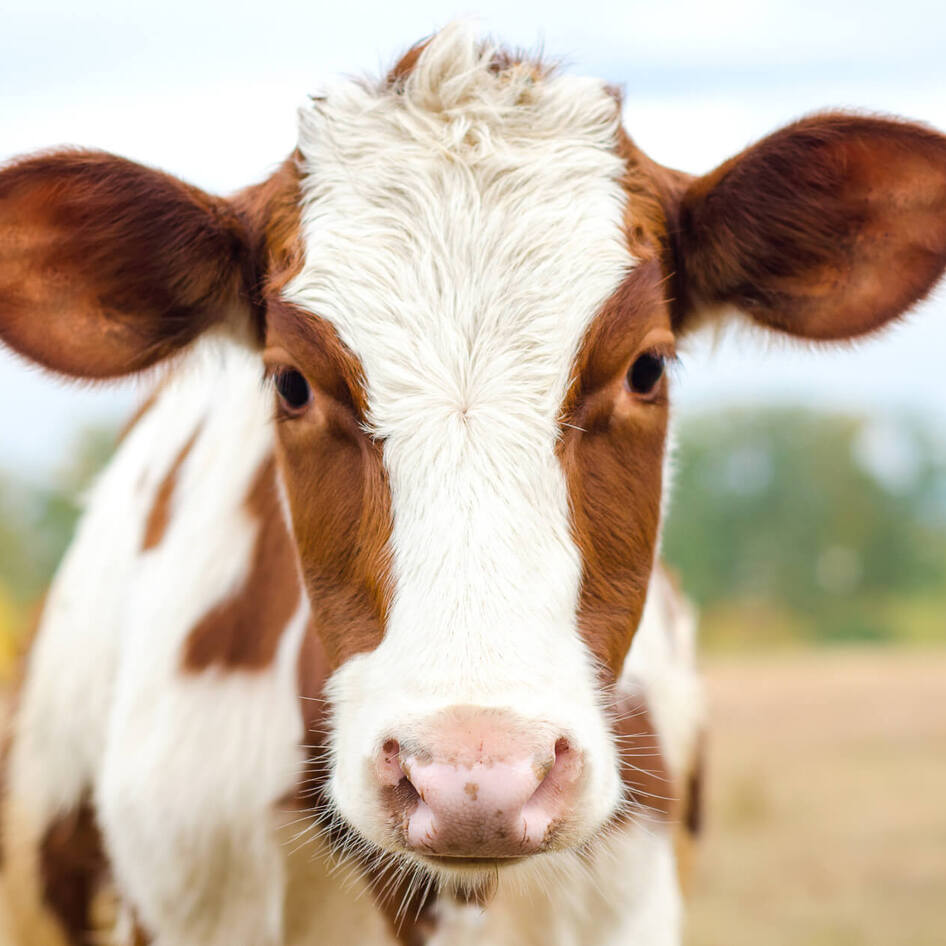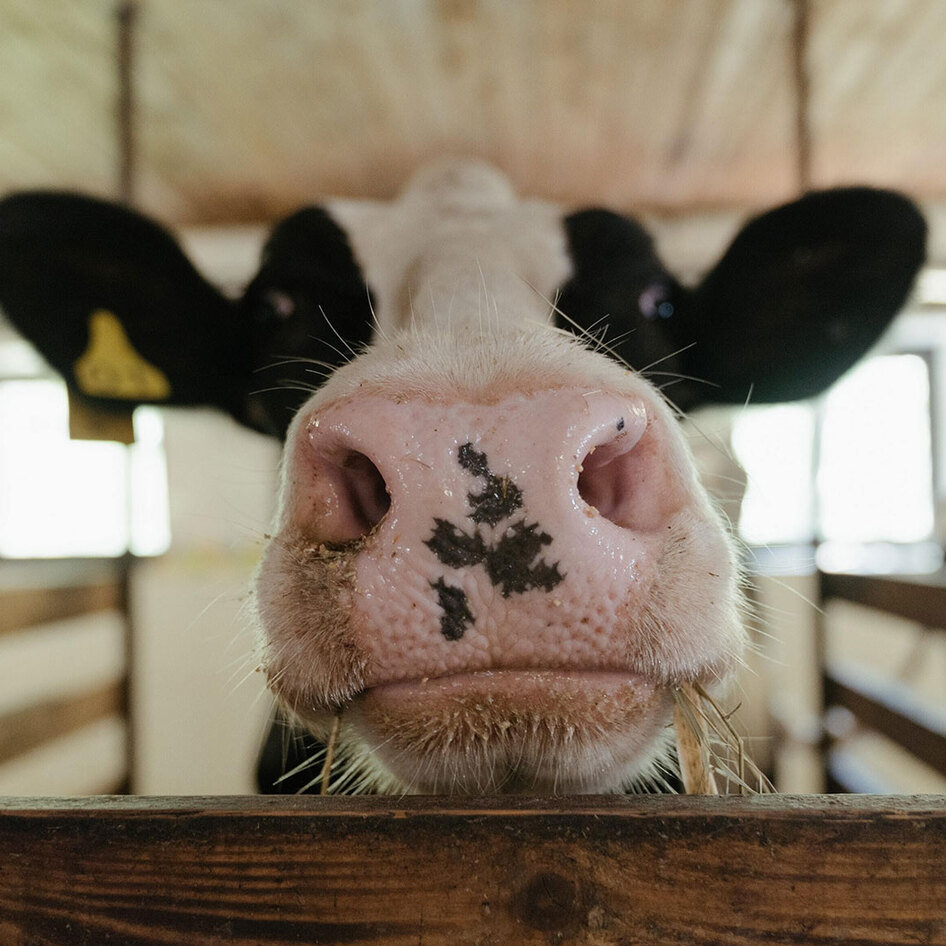FDA Reforms Farmed Animal Antibiotic Policy
Chickens, cows, pigs, and farmed fish will only be fed antibiotics to treat existing illnesses, not to promote growth.
January 5, 2017
After three years of policy drafting and “superbug” resilience, changes to the Food and Drug Administration’s (FDA) Veterinary Feed Directive (VFD) are now in effect. Under this new law, agricultural antibiotic retailers must update their labels to reflect that their product is not to be used to increase farmed animal growth. In addition, antibiotics can only be given to farmed animals under the presence of a veterinarian, and requires a prescription for purchase. Director of the Center for Disease Dynamics, Economics, and Policy Ramanan Laxminarayan noted that veterinarian regulation will increase drug prices, ultimately discouraging farmers from using them. Unfortunately, the policy is not without its loopholes—an appropriate period of drug treatment has yet to be determined, allowing farmers to use growth-promoting antibiotics long after an animal has healed. The FDA has extended public comment on the issue to March 13, seeking to establish a bold distinction between preventative medicine and growth promotion. Jim O’Neill, Chair of the Review on Antimicrobial Resistance, published a report in May 2016 that revealed 700,000 people die each year from antibiotic-resistant illnesses, which could rise to a staggering 10 million a year by 2050 without proper intervention.
JUMP TO ... Latest News | Recipes | Guides | Health | Shop







